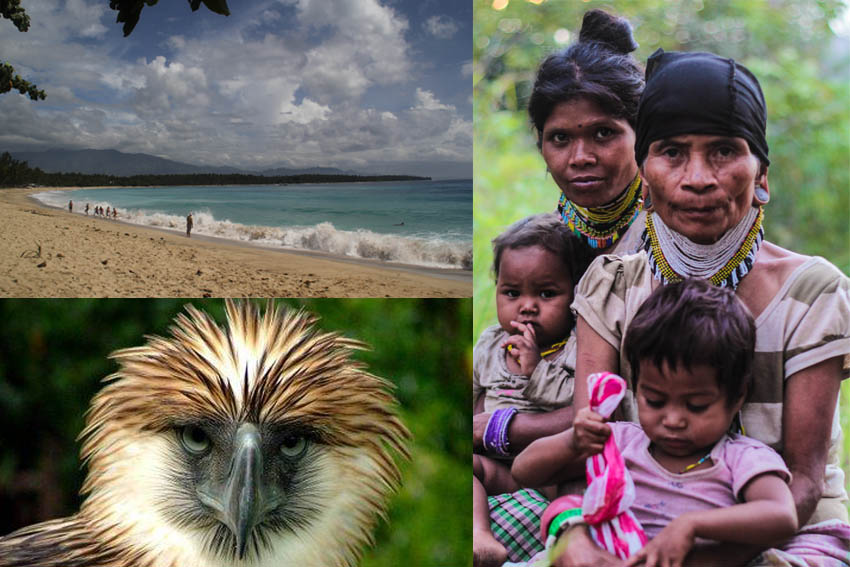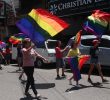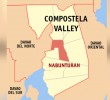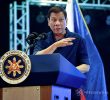
At 14, I was reluctant to live in Mindanao. I shamefully admit that it scared and appalled me: every story about Mindanao involved bombs, armed groups and dead bodies, and with the exception of summer adventures at my parents’ hometowns, I had never really known life beyond south of Manila metro-suburbia. I was completely ingrained with the common Mindanao Myth. But times were hard, there were no jobs to be found for my near-retirement age parents, and by the summer of 2006, we had settled in Davao City in time for the incoming school year.
Urban Davao, with the reign of Duterte and its malls, was assuring to a Manila-born. Its landscape, mountains to the west and seashore to the east, offered easy getaways. Everything was cheaper, better and easier to come by: food, housing, education, and travel. The slower pace, strong community ties, and new people and places to discover were endearing. As a family looking for a fresh start, it didn’t take long to feel at home.
I felt so secure, in fact, that I decided to study college in Mindanao, laying aside a deal I made with my parents that I was moving back to Manila for college no matter what. It seemed like such a childish, bourgeois fuss. Mindanao felt more grounded, more real to me. We started berating and ridiculing relatives for fearing the Land of Promise. We felt insulted when people asked if we had a proper airport–how arrogant! We corrected media stereotypes and enticed friends and family to come over and to let us be their tour guides. We didn’t feel like natives, but we felt privileged and comfortable to live in Mindanao.
My 180-degree turn came gradually in college. Upon enrolling in UP Mindanao, experiencing Mindanao was amplified for me. My classmates came from every corner of the island. The places Cotabato, Maguindanao, and Zamboanga lost their stigma to me: these weren’t God-forsaken patches of wilderness, but homes, farms, cradles of culture and life. Terror and war were part of these, but so did the strength and plurality that emerged from it. A social science class, Hitchhikers’ Guide to Mindanao, was one of my favorite classes in college: I would spend afternoons holed up in the mildewed school library, reading books on Moro and Lumad cultures and on Mindanao history that my class readings led me to. My first course was Biology, and the rich biodiversity of Mindanao was stunning on so many levels. I often thought that no other place in the world offered better laboratories and field studies than unspoilt Mindanao ecosystems. When I shifted to Communication Arts, my appreciation became much more socio-political, especially as a writer. Contradictions in war and politics were more tangible and all the more comprehensible where you were ankle-deep in it, and not in the seats of power in Manila, where discourse was of almost-pure theory and flawed in its isolation.
Advocacies and causes took dimension with the naked eye, than through news reports clouded with bias. However, the renewed perspective that college offered was yet pale to true immersion. As a student activist-journalist, Mindanao in its spectacular, at times terrifying, multiple facets was revealed to me. One of my first profound experiences was a Writers’ Trip to post-Pablo Davao Oriental. The desolation of the people, where they shook at the thought of slightest breath of wind; the treachery of local government units, the vivid picture of hungry, homeless families surrounding the DSWD headquarters with its undistributed supplies mocking; a friend publicly reprimanded for defending the poor; the material basis of mass struggle, the irresistible need to cry for justice for families that took us as their own as we asked them to retell horror stories from memory, all deeply etched in the consciousness of the 50 student journalists that came on that trip. That trip was the first of many for me.
Every region, every community had story of resistance to tell. Every hand-woven fabric, epic song, and root crop was not just a picture, a sound clip, or a market commodity, but an artifact pulsing of unmistakeable life, no matter how different from my own. It did not matter whether the stories came from the uncharted mountains peacefully inhabited by Talaingod Manobos, just recently air-raided and harassed, or the small mining communities in Surigao and their age-old defense of lands that ought to have been a national priority, or even the well-known stall of the vendor at the Kalimudan Center on the UP Mindanao campus or any of the countless working class labor force of downtown Davao.
Mindanao’s unrest is not a malevolent force to be feared: it is a tapestry of the struggle of the human race, which no metropolis in all its furtive primping, gleaming monuments, and declarations of peace and governance will never equal in substance. History is made not in
hallowed halls with a few well-endowed and “honorable” individuals, but in the streets, factories, farmlands and countrysides where the whole force of existence is tried every day, destroyed and constructed continuously, springing toward becoming new societies. It is to this
complexity that I have become not only converted but completely indebted.
Ironically, I must leave what I know as home for what I know as a battlefield: from Mindanao to Manila. Strange, how years before, my paradigm was in a complete reverse, patterned to common myths of vain consequence. And now, my permanent home will not be the mapped streets and affixed buildings of the known city that I head toward, but the roving mountains and seas, unmarked except by restless feet that follow stars and struggles. Soon enough, I shall be called back home. (davaotoday.com)










